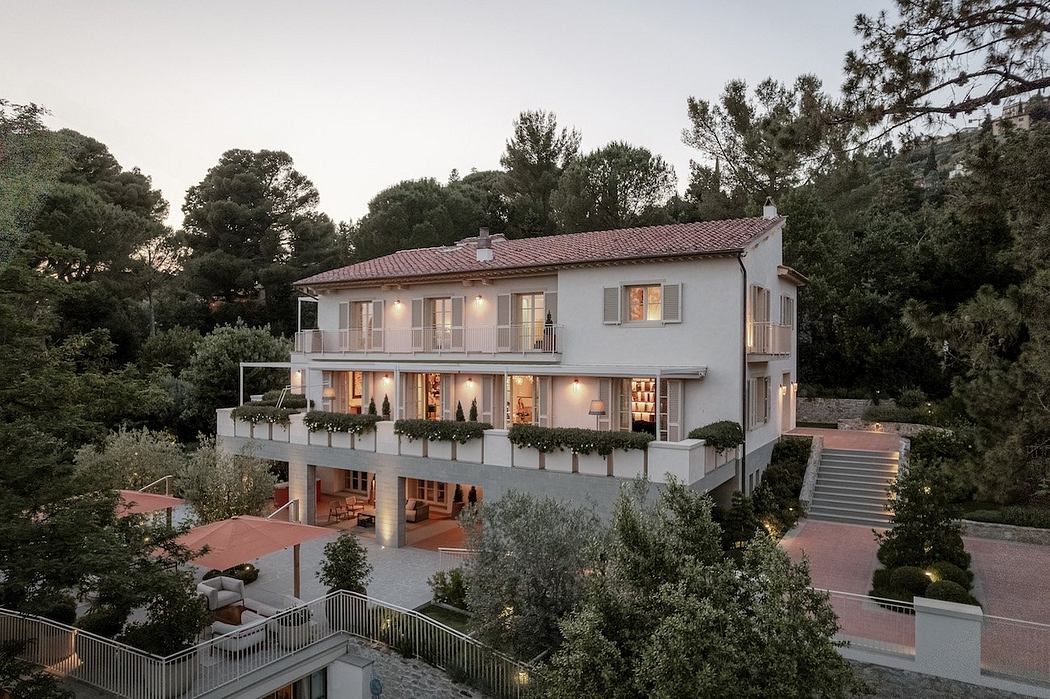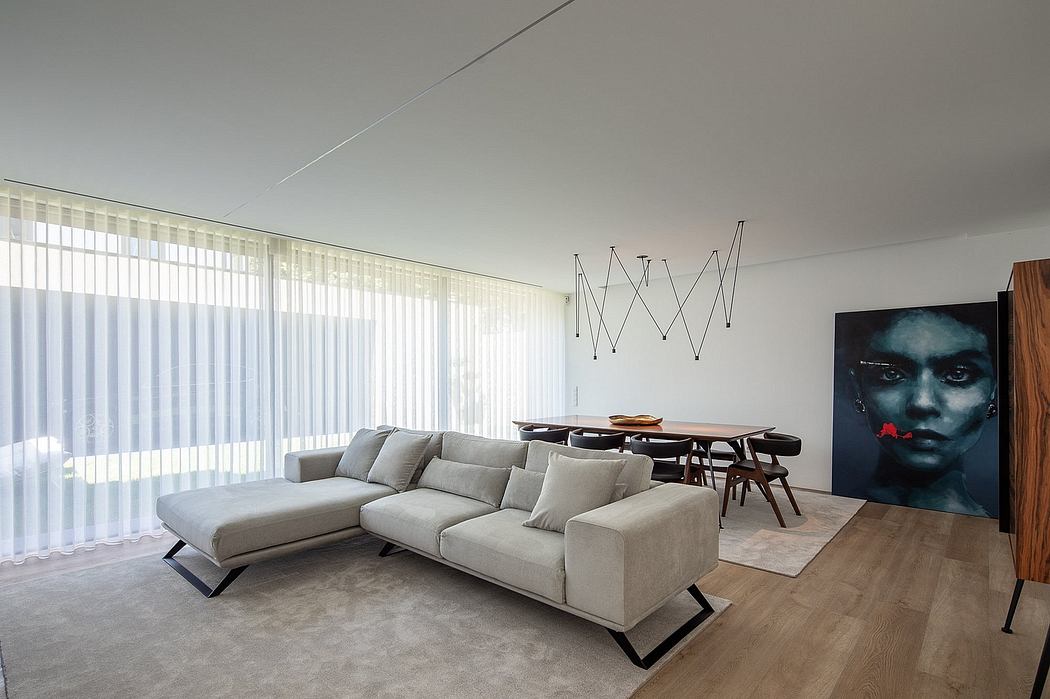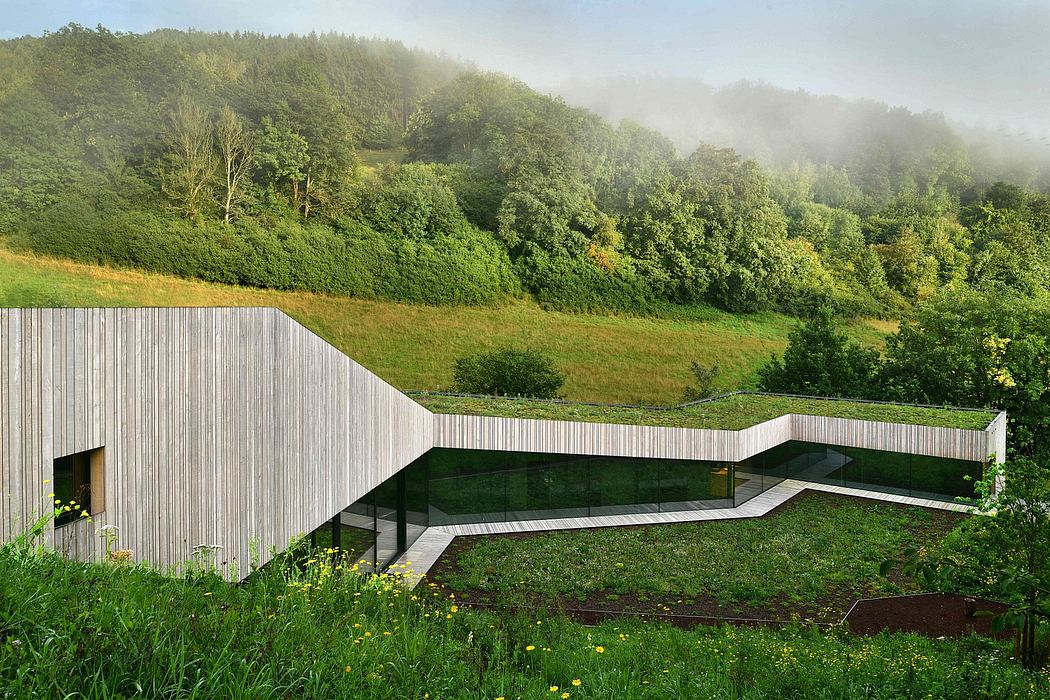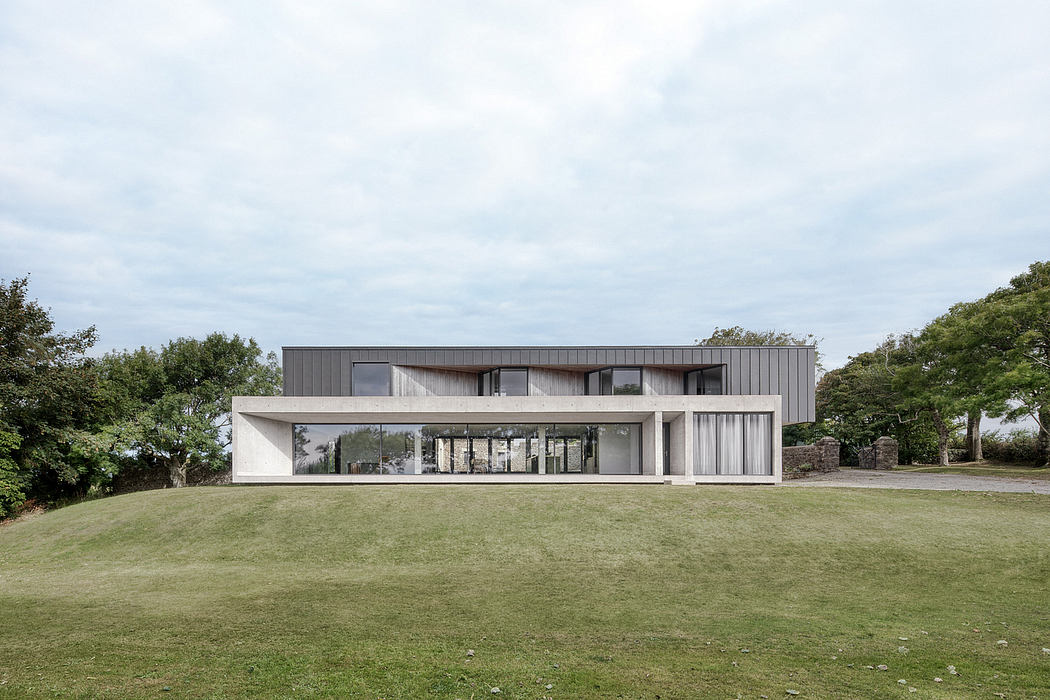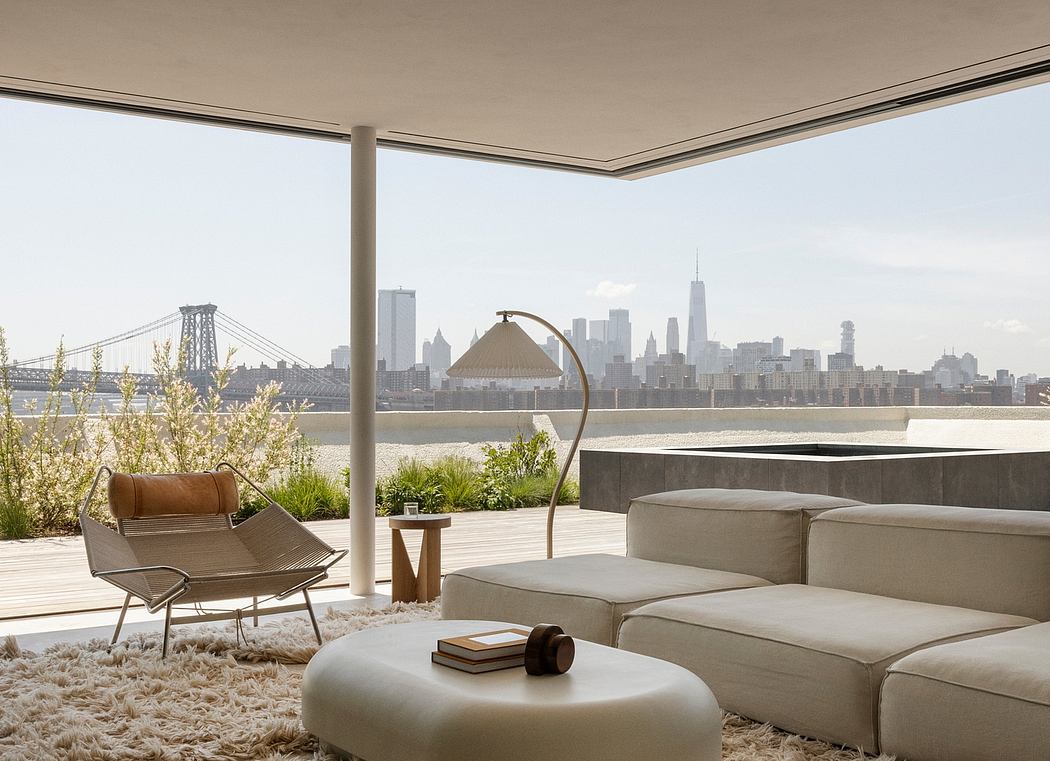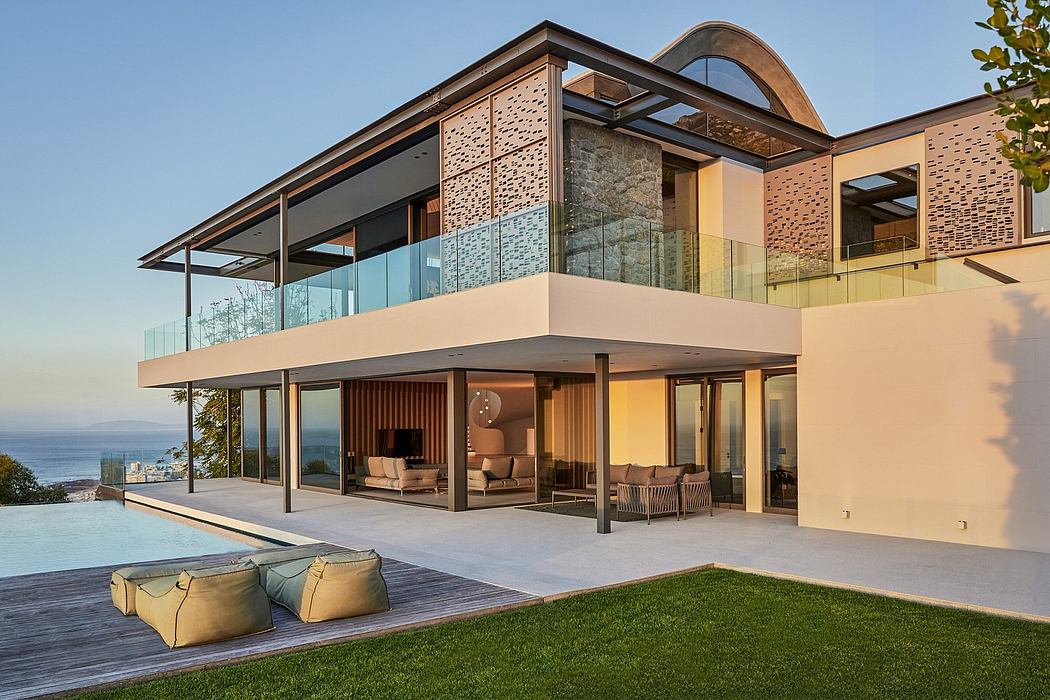Online Course Probes Cultural Context of Asian Vernacular Architecture

A new online course offered by the University of Hong Kong (UHK) through knowledge-sharing platform edX will probe the relationship between Asian culture and the continent?s vernacular architecture. Free and open to anyone, the introductory course entitled ?Interpreting Vernacular Architecture in Asia? has an inclusive mission: to make the often alienating world of art and architectural history accessible to the general public by removing barriers to entry.
The Ise Grand Shrine in Osaka, Japan. . Image © Flickr User Tetsuya Yamamoto
A new online course offered by the University of Hong Kong (UHK) through knowledge-sharing platform edX will probe the relationship between Asian culture and the continent?s vernacular architecture. Free and open to anyone, the introductory course entitled ?Interpreting Vernacular Architecture in Asia? has an inclusive mission: to make the often alienating world of art and architectural history accessible to the general public by removing barriers to entry.
Tai O fishing village, Hong Kong
The course?s content mirrors the inclusivity of its enrollment process, explicitly deviating from architectural history?s traditional focus on monumental structures to instead examine the everyday. Professors David P. Y. Lung (of UHK) and Howard Davis (of the University of Oregon) say in their course description that they prioritize the?built environment that the ordinary people live in? over ?royal palaces.? And instead of center...
The Ise Grand Shrine in Osaka, Japan. . Image © Flickr User Tetsuya Yamamoto
A new online course offered by the University of Hong Kong (UHK) through knowledge-sharing platform edX will probe the relationship between Asian culture and the continent?s vernacular architecture. Free and open to anyone, the introductory course entitled ?Interpreting Vernacular Architecture in Asia? has an inclusive mission: to make the often alienating world of art and architectural history accessible to the general public by removing barriers to entry.
Tai O fishing village, Hong Kong
The course?s content mirrors the inclusivity of its enrollment process, explicitly deviating from architectural history?s traditional focus on monumental structures to instead examine the everyday. Professors David P. Y. Lung (of UHK) and Howard Davis (of the University of Oregon) say in their course description that they prioritize the?built environment that the ordinary people live in? over ?royal palaces.? And instead of center...
| -------------------------------- |
|
|
Villa M by Pierattelli Architetture Modernizes 1950s Florence Estate
31-10-2024 03:55 - (
architecture )
Leça da Palmeira House by Raulino Silva
31-10-2024 03:55 - (
architecture )

